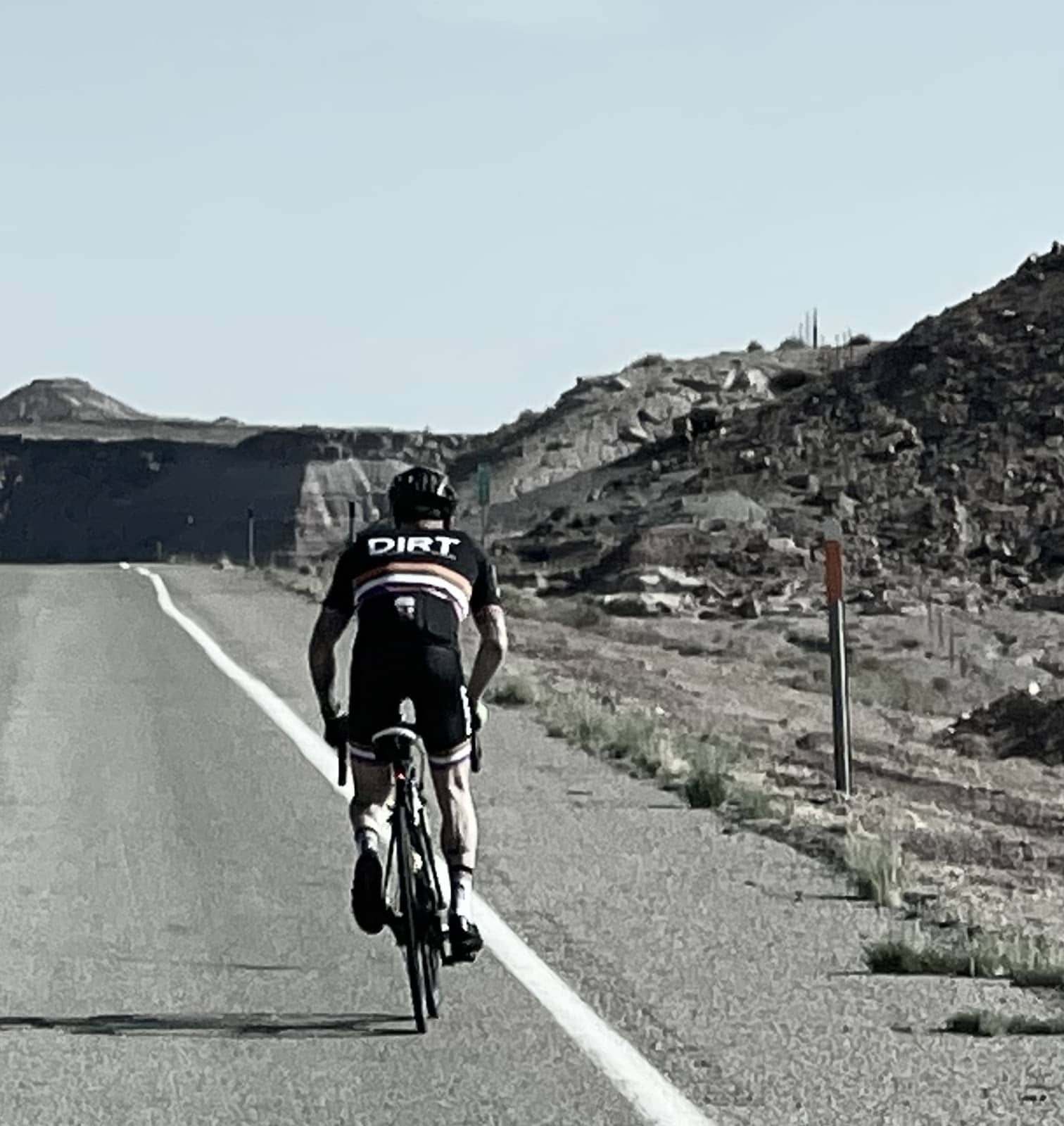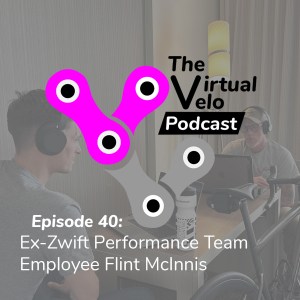Rhabdomyolysis is a serious health concern that affects many athletes, especially cyclists, virtual cyclists in particular. Unfortunately, several appealing aspects of virtual cycling also carry the danger of experiencing this debilitating disease. Rhabdomyolysis risk in cyclists is a significant health concern.
The good news is it is preventable if knowledgeable and sensible, but if not, it may require a prolonged period of inactivity and constant fear of recurrence.
In Part One-Rhabdomyolysis: A Hidden Risk of Virtual Cycling, we explored the prevalence of this severe health condition in the virtual cycling population and the unique risk factors. In addition, we defined the symptoms, causes, and diagnosis of Rhabdomyolysis.
In Part Two, we will learn what to do if we develop symptoms, and explore the treatment, prevention, and prognosis for recovery. Most importantly, we will explain how to safely return to the sport we love without further risk to our well-being.

What is the TREATMENT for Rhabdomyolysis?
Upon suspicion or diagnosis of Rhabdomyolysis, regardless of cause, the essential treatment goal is avoiding acute renal injury. Therefore, medical professionals will immediately and rapidly administer fluids and electrolytes intravenously, flushing the toxins from your system.
Case Study-Matthew Thomas
A lifelong athlete gifted with incredible strength, Matthew was a national-level track rider in his twenties, a cross-fitter into general fitness and spin classes in his 30’s, and always found time for weight training. Matthew was introduced to virtual cycling in October of 2020, at the age of 42, after achieving his goal of lifting a metric ton on the leg press. A pandemic-related decrease in cardio found him “bulked up a lot.”
His priorities changed to losing weight and rediscovering his passion for cycling, and during the next few short months increased his volume to 750 km/month (often including two sessions/day). He also lifted weights a minimum of 2 times per week. Matthew dismissed the muscle soreness in his legs as usual and ‘pushed through,’ never taking a rest day, until following a few days of increased intensity to justify taking a break for the Easter holiday, the pain became too great to ignore.
“Two days before the holiday break and the attitude of going extra hard now because I had a forced rest coming,” Matthew describes as the final factor. However, hindsight and research into the condition made him aware that he was likely in a compromised state for a prolonged period and that sudden cessation of training is a risk.
Matthew’s CK level was 15,600 (22% fatality rate if >1,000), and the ER doctors told him he was lucky to be alive. The highly motivating virtual cycling community, the convenience of riding in his own home, and the visible, measurable benefits to his PR’s, which Matthew explains as to why he is ‘hooked,’ he now knows, may have also been risk factors for him.
“On Zwift, even recovery rides can be inadvertently intensified by an ego-driven effort to claim sprint jerseys. I’ve been humbled by this experience and the realization that I am not superhuman. Still, if I can spread the word as the guy that got Rhabdo, recovered from it, and changed his ways for the better; hopefully, I can save others through awareness.”

Treatment often requires hospital admission to allow for monitoring of CK levels and stabilization of muscle damage.
Management of complications can include cardiac monitoring, medications to correct electrolyte imbalances and irregular heartbeats, and close monitoring of kidney function.
Cases that go undiagnosed or untreated for prolonged periods cause kidney damage and may require dialysis (a medical treatment that removes a portion of your blood, filters the toxins, and returns it to your body).
If left untreated and renal failure occurs, Rhabdomyolysis can be fatal.

What can I do to Help Relieve the Symptoms of Rhabdomyolysis?
If you have symptoms of rhabdomyolysis, do not try to relieve them on your own. Instead, you should see your doctor right away. Early diagnosis and treatment are essential to recovery.
How can I decrease the risk or PREVENT Rhabdomyolysis?
You may not be able to prevent rhabdomyolysis that occurs due to an accident, but you can reduce your risk of developing exercise-induced rhabdomyolysis.
- Stay hydrated and avoid getting overheated.
- Identify your body’s limitations and what may have caused the condition.
- Determine the appropriate level of muscle soreness for you as an individual and realize that the “No Pain, No Gain” badge of courage we wear isn’t always sensible.
- Don’t abuse alcohol or take illegal drugs, especially while actively participating in a training program.
- Talk to your doctor about any medications you’re taking that may increase your risk of developing rhabdomyolysis. Be especially careful if you have diabetes or liver disease.
Suggestions for Safe Return to Cycling
- Following discharge from hospital, return to activities of daily living for 2 weeks, while undergoing daily monitoring of muscle soreness, hydration status, urine characteristics, and CK levels.
- Progression depends on positive monitoring and resumption of normal sleeping patterns (at least 8 hours uninterrupted).
- Initiate gentle stretching, light resistance training, and low-level conditioning in a temperature-controlled environment, monitoring status for 1 to 2 weeks.
- Slowly increase the duration and intensity of training to return to the previous activity level in ~9 weeks.
- Recommend seeking guidance from a certified cycling coach or fitness trainer knowledgeable in Rhabdomyolysis and maintain monitoring by health professionals.
- Notify your coach and health professional if a deterioration in monitored status occurs and resume activity at the level recommended. (1)
What is the PROGNOSIS for recovery following Rhabdomyolysis?
If the condition is recognized and treated early and no significant complications occur, most can anticipate a complete recovery. However, recovery following exercise-induced Rhabdomyolysis takes several weeks to months before return to exercise is asymptomatic.
Once you have suffered the muscle damage associated with Rhabdomyolysis, it may put you at greater risk of recurrent symptoms.
Most people have lingering muscle weakness for a few weeks after the injury. However, in up to 50% of rhabdomyolysis cases, people experience acute kidney injury and some require dialysis for an extended period of time.
Conclusion: The Best Cure for Rhabdomyolysis is Prevention
Not many cyclists volunteer to take extended periods out of the saddle, and there are quite a few who refuse or are reluctant even to take a day to rest.
Unfortunately, a common trait amongst many of our fellow virtual cyclists and the fun and motivating factors that make virtual cycling great, in some cases, conceal hidden dangers.
Thankfully, if aware of the warning signs and the knowledge of the importance of following a sensible training plan that emphasizes recovery, Rhabdomyolysis can be avoided.
Your Experience?
Have you or any of your cycling friends ever suffered from Rhabdo? If yes, what was the experience, and do you have any helpful tips for recovery?
(1) “Return to Play After Exertional Rhabdomyolysis – NCBI – NIH.” https://www.ncbi.nlm.nih.gov/pmc/articles/PMC5013704/. Accessed 12 Apr. 2021.
Semi-retired as owner and director of his private Orthopedic Physical Therapy practice after over 20 years, Chris is blessed with the freedom to pursue his passion for virtual cycling and writing. On a continual quest to give back to his bike for all the rewarding experiences and relationships it has provided him, he created a non-profit. Chris is committed to helping others with his bike through its work and the pages of his site.
In the summer of 2022, he rode 3,900 miles from San Francisco to New York to support the charity he founded, TheDIRTDadFund. His “Gain Cave” resides on the North Fork of Long Island, where he lives with his beautiful wife and is proud of his two independent children.
You will read him promoting his passion on the pages of Cycling Weekly, Cycling News, road.cc, Zwift Insider, Endurance.biz, and Bicycling. Chris is co-host of The Virtual Velo Podcast, too!













[…] then stopping abruptly. The consequences were catastrophic for the virtual cyclist highlighted in this article on Rhabdomyolysis previously posted on The […]